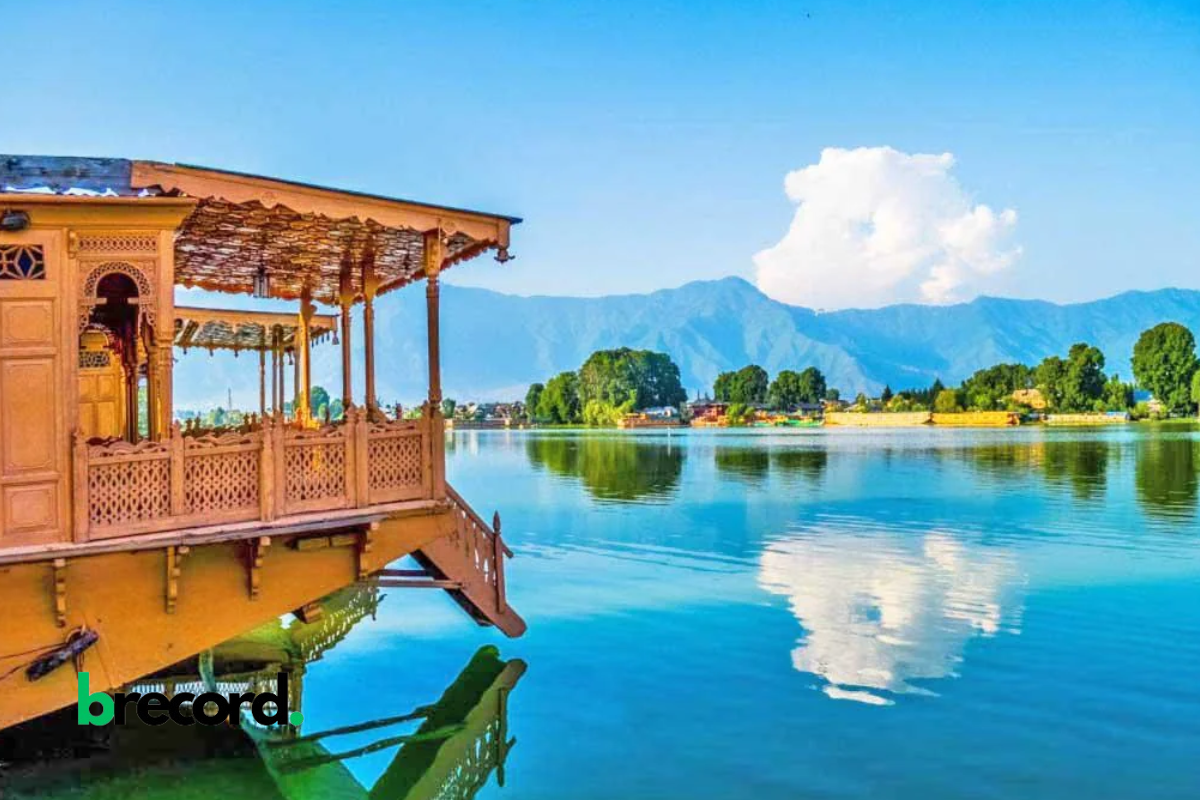Introduction
Kashmir, often referred to as “Paradise on Earth,” is celebrated for its breathtaking landscapes, rich culture, and unique traditions. Among these traditions, the craft of building shikaras and houseboats stands out as a quintessential part of Kashmiri heritage. For those interested in exploring this beautiful region, the Kashmir tour packages offer an excellent way to immerse oneself in the local culture and natural beauty. These beautifully crafted boats are not only a means of transport and accommodation but also a testament to the region’s skilled artisanship.
The Art Of Shikara Building
Shikaras, the iconic wooden boats that glide across the serene waters of Dal Lake and Nigeen Lake, are a symbol of Kashmir’s natural beauty and cultural richness. The process of building a shikara involves meticulous craftsmanship and a deep understanding of the region’s aquatic environment. One of the best places to witness this tradition is Nigeen Lake in Kashmir, known for its tranquil waters and scenic surroundings.
Materials and Techniques
The primary material used in shikara construction is deodar wood, known for its durability and resistance to water. Artisans carefully select the wood and shape it into the boat’s frame. The process includes:
- Carving and Shaping: The wood is skillfully carved to create the boat’s structure, ensuring stability and balance on the water.
- Painting and Decoration: Traditional motifs and vibrant colors are used to decorate the shikaras, making each boat a unique piece of art.
Detailed Craftsmanship
The craftsmanship involved in building a shikara is passed down through generations. Each shikara is unique, with designs and decorations reflecting the artisan’s individual style and cultural influences. The process of building a shikara typically takes several weeks and involves multiple stages, including cutting and shaping the wood, assembling the frame, and adding the finishing touches.
Kashmiri boat building is not just a craft; it is an art form that requires precision, patience, and creativity. The use of traditional tools and techniques, combined with the artisan’s skill, results in a boat that is both functional and beautiful. The vibrant colors and intricate patterns used to decorate the shikaras add to their charm, making them a favorite among tourists and locals alike.
Houseboats: A Floating Paradise
Houseboats are another integral part of Kashmiri boat building. These floating homes provide a unique living experience, blending comfort with the charm of Kashmir’s scenic beauty. Houseboats on Dal Lake and Nigeen Lake are popular among tourists seeking a tranquil retreat amidst nature.
Construction and Design
Building a houseboat requires advanced skills and a thorough understanding of buoyancy and water dynamics. Key aspects include:
- Foundation and Structure: The foundation is built using sturdy wood, ensuring the houseboat remains afloat and stable. The structure is then constructed, incorporating multiple rooms, balconies, and even gardens.
- Interior Decoration: The interiors of houseboats are often lavishly decorated with traditional Kashmiri carpets, wooden furniture, and intricate papier-mâché work, providing a luxurious and cosy ambiance.
Luxurious Living on Water
Houseboat living in Kashmir offers a unique blend of luxury and tradition. These floating homes are equipped with all modern amenities, including comfortable bedrooms, spacious living areas, and well-equipped kitchens. The interiors are often adorned with traditional Kashmiri art and handicrafts, creating a warm and inviting atmosphere.
Staying in a houseboat allows visitors to experience the beauty of Kashmir from a unique perspective. The gentle sway of the boat, the sound of water lapping against the sides, and the stunning views of the surrounding mountains and lakes create a serene and peaceful environment. Whether you are watching the sunrise from the deck or enjoying a traditional Kashmiri meal in the dining area, life on a houseboat is an experience like no other.
Cultural Significance
Houseboat living in Kashmir goes beyond mere accommodation; it is a lifestyle that reflects a deep connection to the region’s natural beauty. Staying in a houseboat allows visitors to fully immerse themselves in the tranquility of Kashmir’s lakes and mountains, offering a unique cultural experience.
Challenges and Sustainability
Despite the charm and beauty of shikaras and houseboats, the craft of Kashmiri boat building faces several challenges. The decline in the availability of traditional materials, changes in the environment, and competition from modern transportation and accommodation options have all had an impact on this traditional craft.
To preserve this unique aspect of Kashmiri heritage, there is a growing emphasis on sustainable practices and the use of eco-friendly materials. Efforts are being made to promote the craft and support the artisans who dedicate their lives to building these beautiful boats. By encouraging sustainable tourism and raising awareness about the cultural significance of shikaras and houseboats, it is possible to ensure that this tradition continues for future generations.
Conclusion
The craft of building shikaras and houseboats is a vital part of Kashmir’s cultural heritage. These boats are more than just vessels; they are works of art that embody the skill and dedication of Kashmiri artisans. For anyone planning a visit to this enchanting region, exploring the traditional boat-building process and experiencing houseboat living in Kashmir is a must.
By supporting sustainable tourism and appreciating the intricate craftsmanship involved in building shikaras and houseboats, visitors can help preserve this beautiful tradition for future generations. Whether you are gliding across Dal Lake in a shikara or staying in a luxurious houseboat on Nigeen Lake, the experience is bound to be unforgettable.



